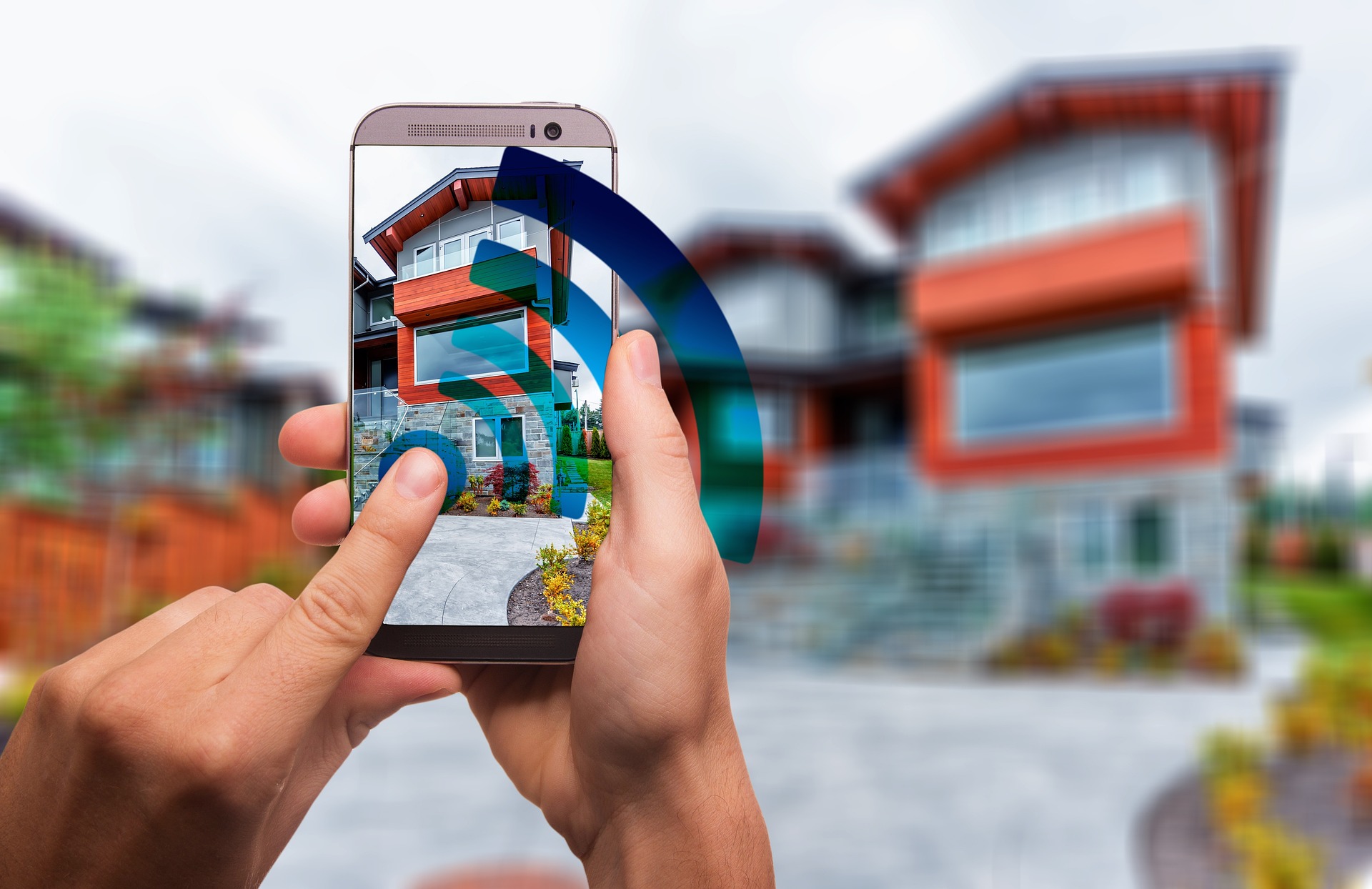Virtual Reality Tours: Revolutionizing Homebuying
As technology continues to reshape our world, the real estate industry finds itself at the forefront of a digital transformation. Virtual reality (VR) tours are emerging as a game-changing tool, offering prospective buyers an immersive and convenient way to explore properties without leaving their homes. This innovative approach is not only streamlining the house-hunting process but also expanding market reach and saving time for both buyers and sellers.

Enter Virtual Reality
Virtual reality technology has made significant strides in recent years, and its application in real estate is proving to be transformative. VR tours allow potential buyers to “walk through” a property in a fully immersive 3D environment, providing a sense of space and layout that 2D photos simply cannot match. This technology enables users to explore every nook and cranny of a home, from the flow between rooms to the view from the windows, all from the comfort of their own living room.
The Benefits for Buyers
For homebuyers, VR tours offer unprecedented convenience and efficiency. They can view multiple properties in a fraction of the time it would take to visit them in person, allowing for a more extensive and thorough search. This is particularly beneficial for out-of-town buyers or those relocating to a new city, as they can narrow down their options before making the trip. Additionally, VR tours provide a level of interactivity that allows buyers to visualize potential renovations or furniture arrangements, helping them make more informed decisions.
Advantages for Sellers and Agents
Sellers and real estate agents are also reaping the benefits of VR technology. By offering virtual tours, they can attract a wider pool of potential buyers, including those from different geographical areas. This increased exposure can lead to faster sales and potentially higher offers. Moreover, VR tours act as a pre-screening tool, ensuring that only serious and interested buyers schedule in-person viewings, saving time and resources for all parties involved.
The Technology Behind VR Tours
The creation of a VR tour typically involves using specialized cameras to capture 360-degree images of each room in a property. These images are then stitched together using software to create a seamless, navigable environment. Some advanced systems even incorporate elements of augmented reality, allowing users to interact with the space, such as changing wall colors or placing furniture.
Overcoming Challenges and Limitations
While VR tours offer numerous advantages, they are not without challenges. The initial cost of creating high-quality VR content can be significant, which may be a barrier for some sellers or agents. Additionally, the technology requires users to have access to VR headsets or compatible devices, which are not yet ubiquitous. There’s also the question of whether a virtual experience can truly replicate the feeling of being physically present in a space, including factors like natural light, ambient sounds, and even smells.
The Future of VR in Real Estate
As VR technology continues to advance and become more accessible, its role in real estate is likely to expand. We may see the integration of artificial intelligence to create personalized tours based on buyer preferences, or the development of haptic feedback systems to simulate textures and surfaces. The potential for VR to facilitate remote property management and maintenance is also an exciting prospect for the future of real estate.
Impact on the Market
The widespread adoption of VR tours has the potential to significantly impact the real estate market. By removing geographical barriers, it could lead to increased competition among buyers and potentially drive up prices in desirable areas. Conversely, it may also open up previously overlooked markets as buyers discover new locations they hadn’t considered before. The efficiency of VR tours could also accelerate the pace of transactions, potentially leading to a more dynamic and responsive market.
Ethical Considerations and Transparency
As with any technological advancement, the use of VR in real estate raises ethical considerations. There’s a need for transparency in how VR tours are created and presented to ensure they accurately represent the property. Industry standards and regulations may need to be developed to prevent manipulation or misrepresentation through virtual staging or digital enhancements.
In conclusion, virtual reality tours are poised to revolutionize the homebuying experience, offering a blend of convenience, efficiency, and immersion that was previously unattainable. As the technology matures and becomes more widespread, it has the potential to reshape the real estate landscape, benefiting buyers, sellers, and agents alike. While challenges remain, the future of property viewings is undoubtedly virtual, promising a more accessible and innovative approach to one of life’s most significant decisions.





